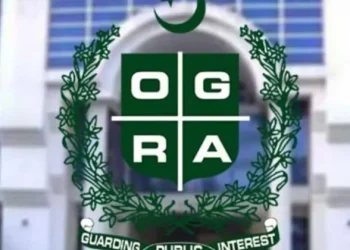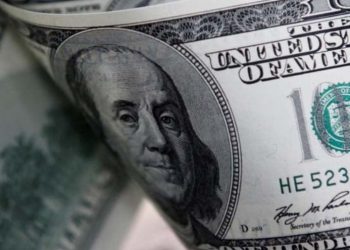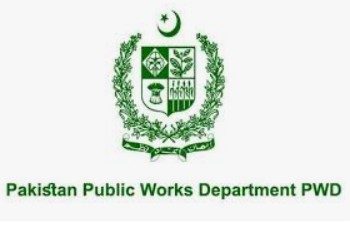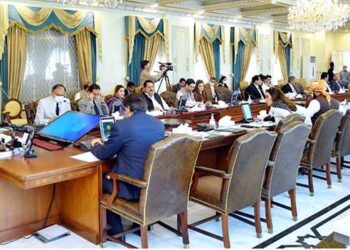Business Desk
KARACHI: Alarm bells continue to ring on the economic front as there are signs of little relief in the poor economic conditions engulfing the country.
The State Bank of Pakistan (SBP) increased the policy rate from 15% to 16% in its latest monetary policy decision on November 25, 2022. This decision was primarily due to the inability of policymakers to reduce the inflationary pressures that have proven to be not only stronger but more persistent than their previous expectations.
The SBP believes that the rising inflation will rather become entrenched in the long run if measures are not taken to stem its increase in the short run. It prefers to pay the short-run costs of increasing the policy rate rather than suffering the long-run consequences of a high interest rate.
Furthermore, the SBP states the pressure on the external front will ease in the upcoming months. Although it expects imports of agriculture inputs to increase and exports to decline due to the massive floods in the last monsoon season, the decline in global oil prices and the intensity at which policy rates are increased is likely to reduce the pressure from the current account deficit on Pakistan’s economy.
It is clear that the SBP is expecting favourable outcomes in the global economy to soften the pressure on Pakistan’s economy.
The foreign exchange reserves held by the SBP continue their downward trend. They were at $7.8 billion on November 18, 2022, down from $8.9 billion on October 28, 2022.
The reserves increased by approximately $1.5 billion in the last week of October, but dropped by $1 billion in November.
The official interbank PKR to USD exchange rate is fluctuating around the 223 mark, while the real effective exchange rate was reported at 90 in September 2022.
Although the real effective exchange rate may suggest appreciation of the rupee in respect to the US dollar, the lack of reserves coupled with the role of currency market speculators are likely to trigger a downward trend for the rupee.
Unless the government is able to build its foreign exchange reserves, it is unlikely to manage the influence of currency market speculators and in turn appreciate the rupee value to what it believes is a more desirable level.
The trade deficit, as reported by the Pakistan Bureau of Statistics (PBS), was 40% lower in October 2022 compared to the value in October 2021 as it declined from $3.9 billion to $2.3 billion. Exports dipped by 3.3% while imports fell by 26%.
The trade deficit in the first four months of FY23 was 26% lower than that reported in the same time period of previous year as it declined from $25 billion to $21 billion, again driven primarily by the decrease in imports.
The drop in imports was forced by the imposition of import restrictions and the curtailing of domestic demand. The import curbs, which included import bans and delay in opening letters of credit, created trade friction that has not only impacted imports but also the ability of exporters to sell their products abroad.

















